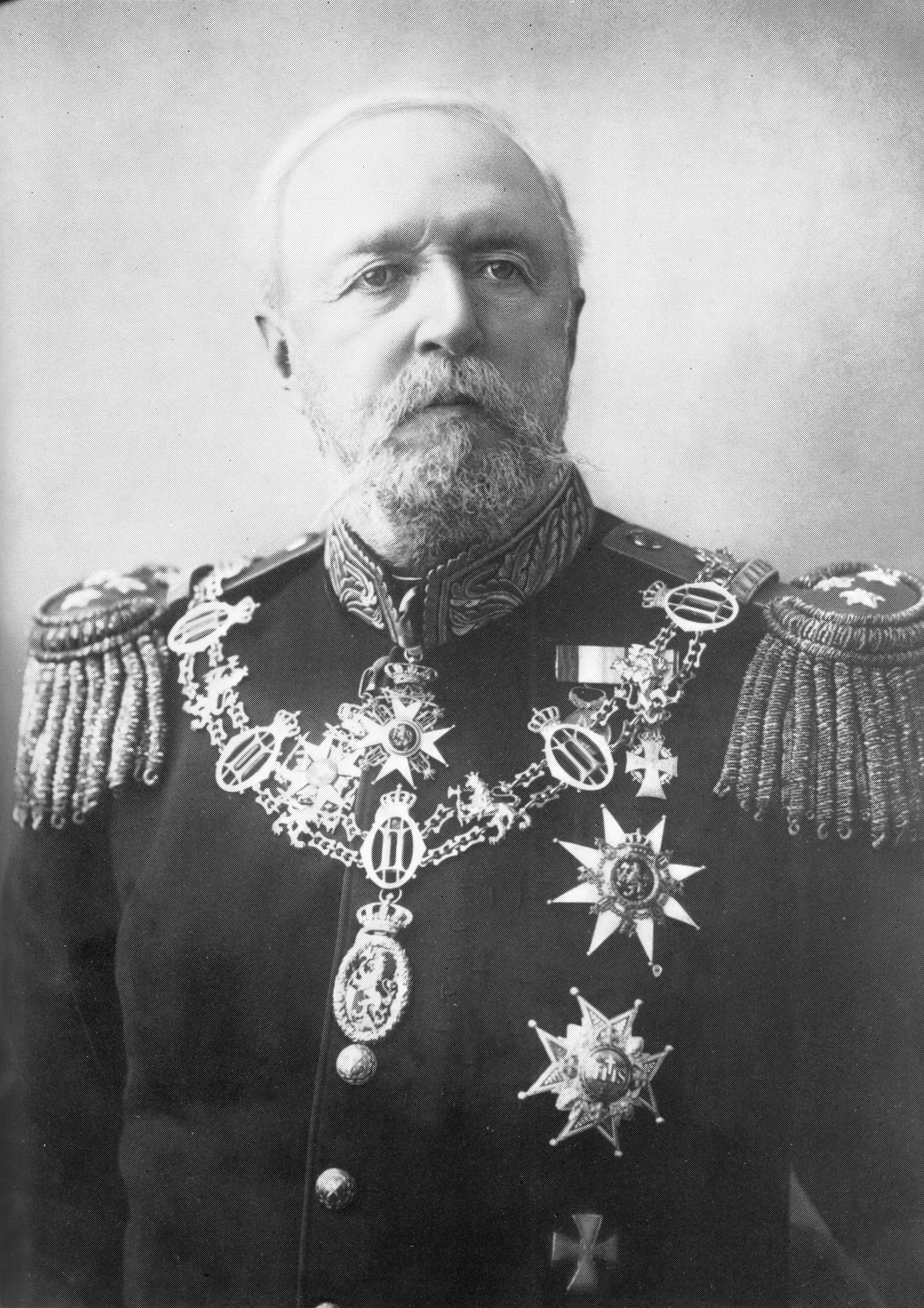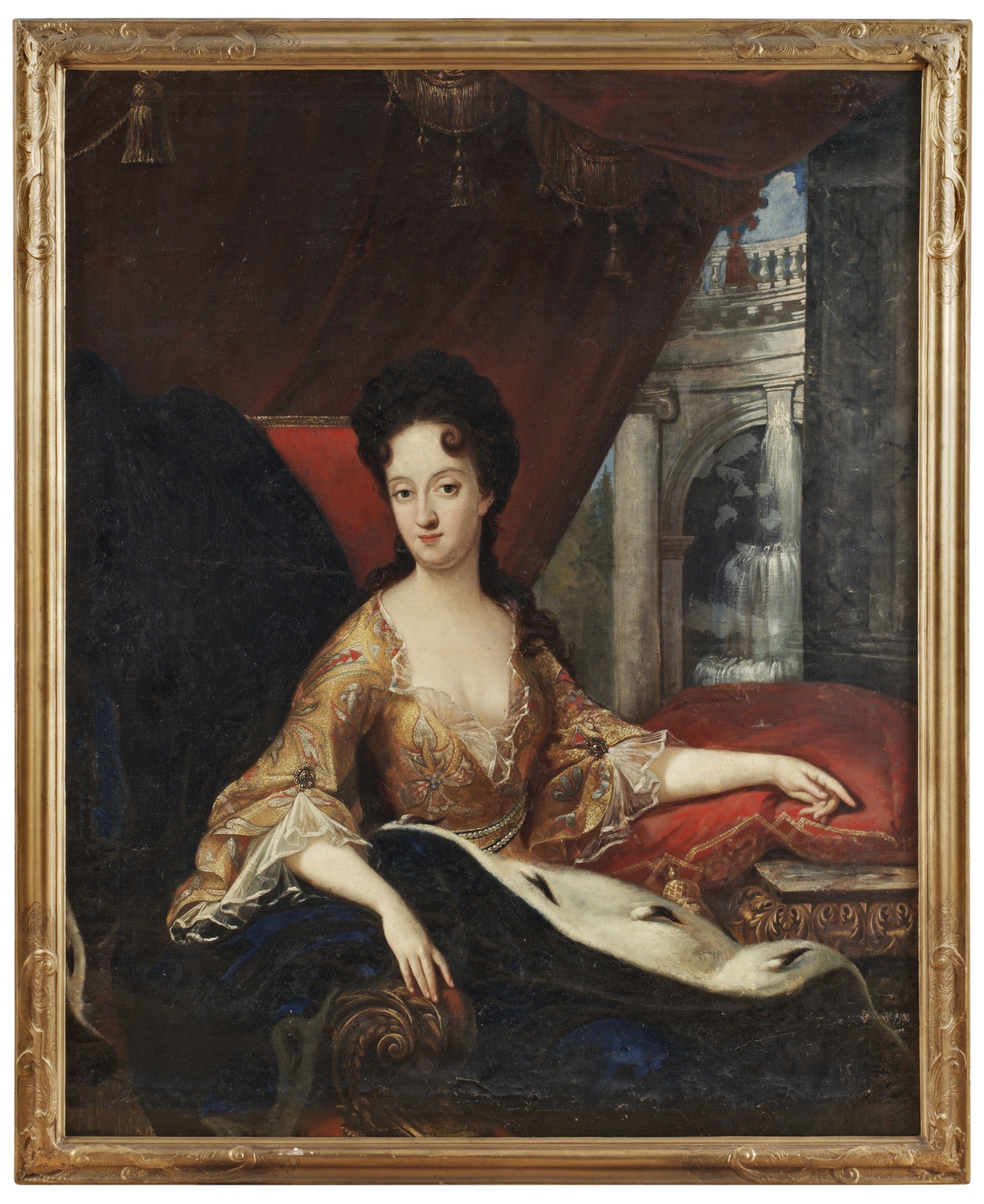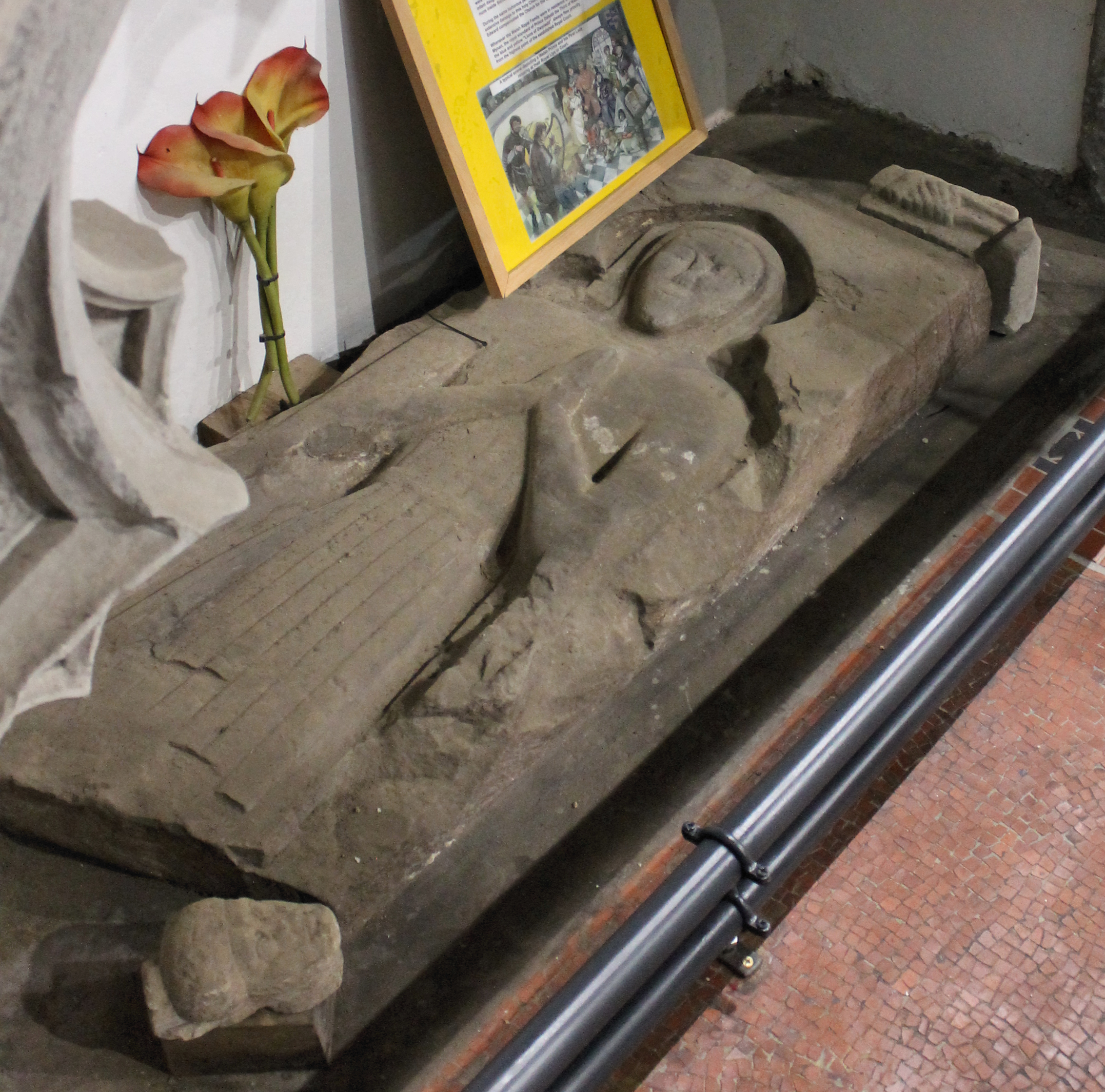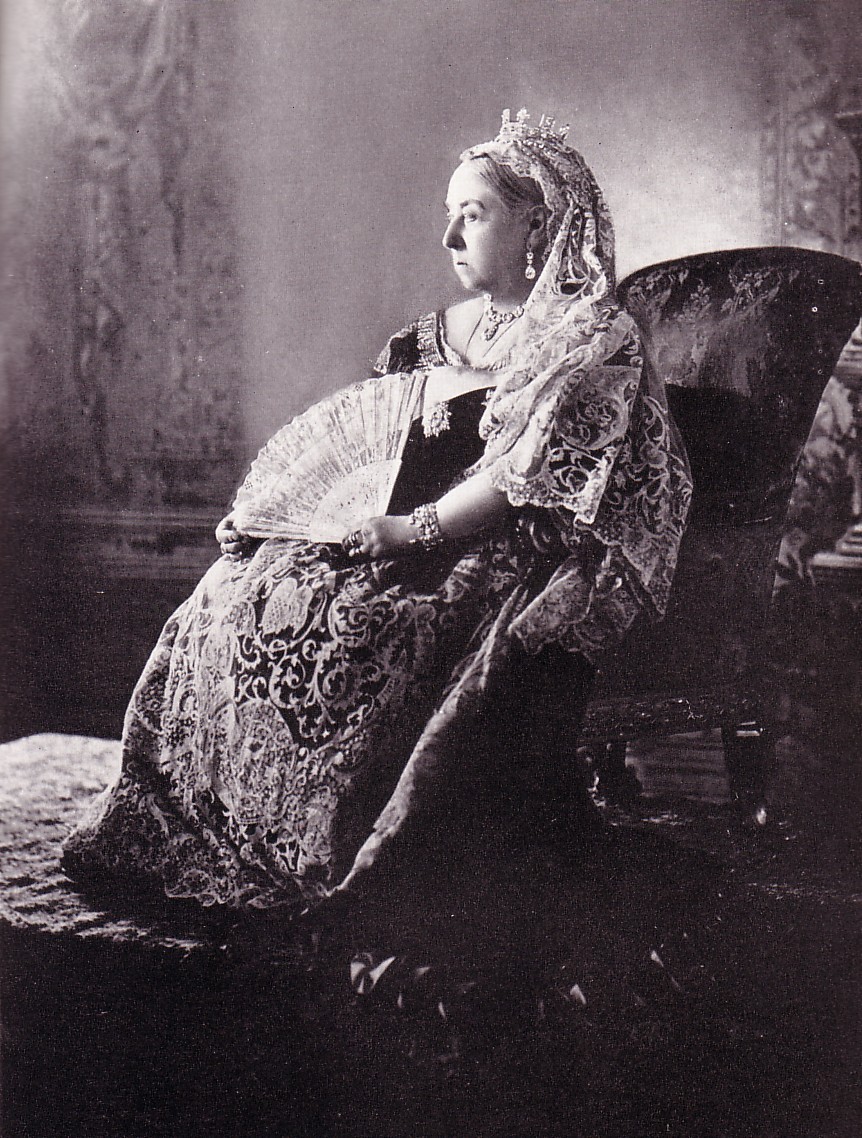© Unofficial Royalty 2024

King Oscar II of Sweden and Norway; Credit – Wikipedia
January 21, 1705 – Death of Sophia Charlotte of Hanover, Queen in Prussia, second wife of King Friedrich I of Prussia, in the Electorate of Hanover, now in Lower Saxony, Germany; buried at the Berlin Cathedral in Berlin, Kingdom of Prussia, now in Brandenburg, Germany
Sophia Charlotte was the daughter of Ernst August, Elector of Brunswick-Lüneburg and Sophia of the Palatinate. Her mother was named heiress-presumptive the British throne under the Act of Settlement 1701, and it would be Sophie Charlotte’s eldest brother who would become King George I of Great Britain in 1714. In 1684, she married the future King Friedrich I in Prussia. The marriage was not a happy one. Several years after having given birth to her two children, Sophie Charlotte retired to private life. She indulged in her love of the arts, philosophy, and theology. She surrounded herself with some of the leading minds of the day, including Gottfried Wilhelm Leibniz, a prominent mathematician and philosopher. Sophie Charlotte died of pneumonia at the age of 36, while visiting her mother in the Electorate of Hanover.
Unofficial Royalty: Sophia Charlotte of Hanover, Queen in Prussia
January 21, 1793 – Execution of King Louis XVI of France at the Place de la Révolution in Paris, France; originally buried in a mass grave near the location of today’s La Madeleine Church in Paris, reburied at the Basilica of Saint-Denis near Paris
During the French Revolution, Louis XVI was arrested and imprisoned in the Temple in Paris. Five weeks later, on September 21, the National Assembly declared a Republic, abolishing the monarchy, and stripping the King and his family of all their titles and honors. The former King of France was now known as Citizen Louis Capet. The King was brought to trial in December 1792, with 33 charges lodged against him, and he was found guilty on January 15, 1793. The following day, the National Convention, by a narrow margin, voted in favor of execution. On the morning of January 21, 1793, Louis made his final confession and attended Mass. He then traveled by carriage through the streets of Paris, to the Place de la Révolution (now the Place de la Concorde) where he was beheaded by guillotine. His body was taken to the Madeleine Cemetery, where a brief memorial service was held. His remains were dumped from their coffin into a grave, with his severed head placed at his feet. Years later, in 1815, on the anniversary of his execution, Louis XVI’s remains, along with those of his wife who was also executed, were reinterred at the Basilica of Saint-Denis.
Unofficial Royalty: Executions of Louis XVI and Marie Antoinette, King and Queen of France
Unofficial Royalty: King Louis XVI of France
January 21, 1796 – Birth of Marie of Hesse-Kassel, Grand Duchess of Mecklenburg-Strelitz, wife of Grand Duke Georg of Mecklenburg-Strelitz, in Hanau, Landgraviate of Hesse-Kassel, now in Hesse, Germany
Full name: Marie Wilhelmine Friederike
In 1817, Marie married Grand Duke Georg of Mecklenburg-Strelitz. They had four children including Friedrich Wilhelm, Grand Duke of Mecklenburg-Strelitz who married Queen Victoria’s husband Princess Augusta of Cambridge. A talented painter, Marie often painted copies of famous paintings. Many were used as altarpieces in churches in the grand duchy, including the town churches in Schönberg and Neustrelitz, both of which still exist. Just three months after the death of her husband, Marie died at the age of 67.
Unofficial Royalty: Marie of Hesse-Kassel, Grand Duchess of Mecklenburg-Strelitz
January 21, 1829 – Birth of King Oscar II of Sweden and Norway at the Royal Palace in Stockholm, Sweden
Full name: Oscar Fredrik
Oscar was the third of the four sons of King Oscar I of Sweden and Norway. In 1857, he married Princess Sophia of Nassau and the couple had four sons. Upon his father’s death in 1859, Oscar became Crown Prince and heir of his elder brother King Karl XV, who had no living male heirs. Oscar became King of Sweden and Norway in 1872, upon his brother’s death. In 1905, King Oscar II formally renounced his claim to the Norwegian throne, with Sweden finally recognizing Norway as an independent constitutional monarchy. Oscar’s great-nephew, Prince Carl of Denmark (a grandson of Oscar’s elder brother King Karl XV), was elected King of Norway, taking the name Haakon VII. Ironically, Haakon’s son Olav married the daughter of Oscar’s son Prince Carl of Sweden, and today it is Oscar’s great-grandson, King Harald V, who sits on the Norwegian throne. Through his children, Oscar II’s descendants currently occupy the thrones of Sweden, Norway, Belgium, and Luxembourg. Soon after the end of the union with Norway, King Oscar’s health began to decline. He died at the age of 78.
Unofficial Royalty: King Oscar II of Sweden
January 21, 1836 – Death of Maria Cristina of Savoy, Queen of the Two Sicilies, first wife of Ferdinando II, King of the Two Sicilies, in Naples, Kingdom of the Two Sicilies, now in Italy; buried at the Basilica of Santa Chiara in Naples
Maria Cristina was the daughter of Vittorio Emanuele I, King of Sardinia and Maria Theresa of Austria-Este. In 1832, she married Ferdinando II, King of Two Sicilies. Maria Cristina was shy, modest, reserved, and a very devout Catholic. During the short time that she was Queen of the Two Sicilies, Maria Cristina managed to prevent the carrying out of all death sentences. She was called “the Holy Queen” for her deep religious devotion. She endured her nearly constant illnesses with patience and piety and was popular with the people for her charity, modesty, and humility. On January 21, 1836, five days after giving birth to her only child, the future Francesco II, King of the Two Sicilies, 23-year-old Maria Cristina died from childbirth complications. In 1859, a cause for the canonization of Maria Cristina as a saint of the Roman Catholic Church was opened. In 1872, Maria Cristina was declared to be a Servant of God and in 1937, she was declared a Venerable Servant of God. In 2013, Pope Francis authorized a decree recognizing a miracle due to her intercession and approved Maria Cristina’s beatification. She is known in the Roman Catholic Church as Blessed Maria Cristina of Savoy and is one step away from canonization as a saint. On January 25, 2014, the Basilica of Santa Chiara in Naples, Italy, the burial site of Maria Cristina, was the site of her beatification ceremony. Several thousand people attended the ceremony including the two branches of the House of Bourbon-Two Sicilies.
Unofficial Royalty: Maria Cristina of Savoy, Queen of the Two Sicilies
January 21, 1846 – Death of Francesco IV, Duke of Modena and Reggio at the Ducal Palace in Modena, Duchy of Modena, now in Italy; buried at the Church of San Vincenzo in Modena, Duchy of Modena, now in Italy
Francesco was the son of Maria Beatrice d’Este, the heiress of Modena and Reggio and Archduke Ferdinand Karl of Austria, son of Francis Stephen, Duke of Lorraine, Grand Duke of Tuscany, Holy Roman Emperor and Maria Theresa, in her own right Archduchess of Austria, and Queen of Hungary, Croatia, and Bohemia. Francesco’s paternal grandfather Ercole III d’Este, Duke of Modena and Reggio had been deposed by Napoleon Bonaparte. Francesco regained the Duchy of Modena and Reggio as Francesco IV in 1814, after the fall of Napoleon. In 1812, 1812, 33-year-old Francesco married his 20-year-old niece Maria Beatrice of Savoy and they had four children. While Francesco’s grandfather Ercole III reigned the Duchy of Modena and Reggio as an enlightened monarch, Francesco’s reign was more autocratic. Francesco died on January 21, 1846, aged 66.
Unofficial Royalty: Francesco IV, Duke of Modena and Reggio
January 21, 1869 – Birth of Grigori Yefimovich Rasputin, favorite of the family of Nicholas II, Emperor of All Russia, in Pokrovskoye, Siberia, Russia
Rasputin was the son of father Yefim Yakovlevich Rasputin, a peasant farmer and a coachman, and Anna Vasilievna Parshukova. Like most Siberian peasants, Rasputin was not formally educated and he remained illiterate until his early adulthood. In February 1887, Rasputin married Praskovya Feodorovna Dubrovina, a peasant girl. They had seven children but only three survived to adulthood. In 1897, Rasputin developed a renewed interest in religion and spent the next several years as a strannik, a holy wanderer or pilgrim. By the early 1900s, Rasputin had developed a circle of followers in Siberia and local church officials gave him a letter of recommendation to the rector of the St. Petersburg Theological Seminary. In St. Petersburg, Rasputin met church official Archimandrite Theofan. It was through Theofan that Rasputin attracted some of his early and influential followers in St. Petersburg. Rasputin formed friendships with several members of the aristocracy, including the sisters Princess Militsa and Princess Anastasia of Montenegro, who had both married into the Russian Imperial Family and were instrumental in introducing Rasputin to Nicholas II, Emperor of All Russia and his family.
Unofficial Royalty: Grigori Yefimovich Rasputin
January 21, 1940 – Death of Prince Christopher of Greece and Denmark, son of King George I of Greece, in Athens, Greece; buried at the Royal Cemetery, Tatoi Palace, Greece
Christopher was the only one of his parents’ eight children born outside of Greece. His birth was a surprise, as his eldest sibling was 20 years old at the time of Christopher’s birth. Christopher was offered the thrones of Lithuania, Albania, and Portugal, all of which he refused. Christopher believed a throne should be accepted only when the prospective ruler was seriously dedicated to the idea of leading a country. Christopher did not believe himself to be sufficiently up to the challenge. In 1920, Christopher married Nancy Stewart Worthington Leeds, an American widow, known as Princess Anastasia after her marriage. Anastasia was diagnosed with cancer not long after the wedding and died in London in 1923. Six years later, Christopher married French Princess Francoise of Orleans, and they had one son. Christopher died on January 21, 1940, at the age of 51, after suffering several weeks with a lung abscess.
Unofficial Royalty: Prince Christopher of Greece and Denmark
January 21, 1967 – Death of Dorothea of Saxe-Coburg and Gotha, Duchess of Schleswig-Holstein, wife of Ernst Gunther, Duke of Schleswig-Holstein, at Schloss Taxis in Dischingen, Germany; buried at St. Augustine’s Catholic Church in Coburg, Bavaria, Germany
In 1898, Dorothea married Ernst Günther, Duke of Schleswig-Holstein. Upon his father’s death in 1880, Ernst Günther had inherited his father’s title. However, just like his father before him, the title was merely in pretense, as the Duchies of Schleswig and Holstein had been annexed by Prussia following the Austro-Prussian War in 1866. Dorothea and Ernst Günther had no children. Widowed in 1921, Dorothea survived her husband by nearly 46 years, dying at the age of 86.
Unofficial Royalty: Dorothea of Saxe-Coburg and Gotha, Duchess of Schleswig-Holstein
January 21, 1984 – Death of Archduke Gottfried of Austria in Bad Ischl, Austria; buried in the parish cemetery of Sankt Gilgen in Salzburg, Austria
Archduke Gottfried of Austria was the Pretender to the former Grand Ducal throne of Tuscany from 1948 until his death in 1984.
Unofficial Royalty: Archduke Gottfried of Austria
January 21, 1991 – Death of Princess Ileana of Romania, Archduchess of Austria-Tuscany at the Orthodox Monastery of the Transfiguration she founded in Ellwood City, Pennsylvania; buried in the Cemetery of the Orthodox Monastery of the Transfiguration
Ileana was the daughter of King Ferdinand I of Romania and Princess Marie of Edinburgh, a granddaughter of Queen Victoria. In 1931, she married Archduke Anton of Austria, Prince of Tuscany. Ileana’s brother King Carol II of Romania banished the couple from the country, claiming that the Romanian people would never tolerate a Habsburg living on Romanian soil. They settled at Castle Sonnenburg, just outside of Vienna, Austria and the couple had six children. After World War II, Ileana and her husband lived in Argentina before purchasing a house in Massachusetts, to allow for proper schooling for the children. Ileana and Anton divorced in May 1954, and Ileana remarried a month later, to Dr. Stefan Issarescu. This marriage would also end in divorce. In 1961, Illeana entered an Orthodox monastery in France, eventually becoming a nun, and taking on the name Mother Alexandra. Returning to the United States, she founded a monastery in Ellwood City, Pennsylvania, and served as abbess. She retired from her position as abbess in 1981 but remained at the monastery for the remainder of her life. Princess Ileana, Mother Alexandra, died on January 21, 1991, at the age of 82, after suffering a fall and two major heart attacks.
Unofficial Royalty: Princess Ileana of Romania
January 21, 2004 – Birth of Princess Ingrid Alexandra of Norway, daughter of Crown Prince Haakon of Norway, at the Rikshospitalet University Hospital, Oslo, Norway
Ingrid Alexandra is the elder of the two children of Crown Prince Haakon of Norway and his wife Crown Princess Mette-Marit (née Mette-Marit Tjessem Høiby), and one of the five grandchildren of King Harald V of Norway. In 1990, Norway adopted absolute primogeniture whereby the crown goes to the eldest child regardless of gender. This means that Princess Ingrid Alexandra is second in the line of succession to the throne of Norway behind her father and is expected to become the reigning Queen of Norway.
Unofficial Royalty: Princess Ingrid Alexandra of Norway
This article is the intellectual property of Unofficial Royalty and is NOT TO BE COPIED, EDITED, OR POSTED IN ANY FORM ON ANOTHER WEBSITE under any circumstances. It is permissible to use a link that directs to Unofficial Royalty.










